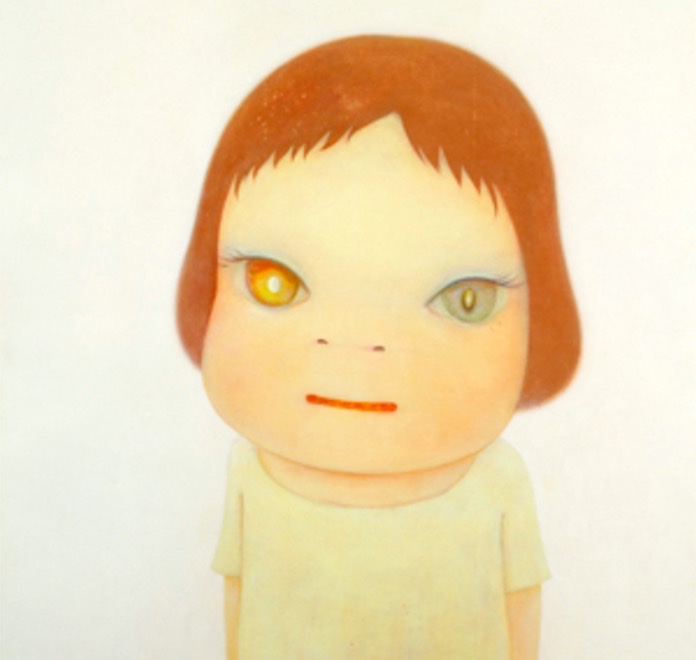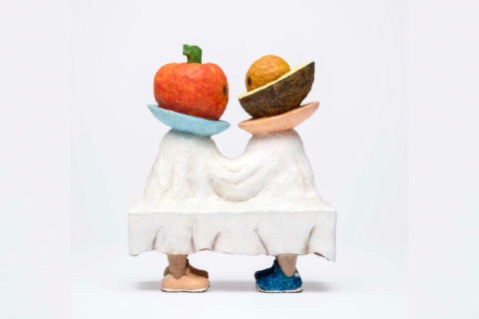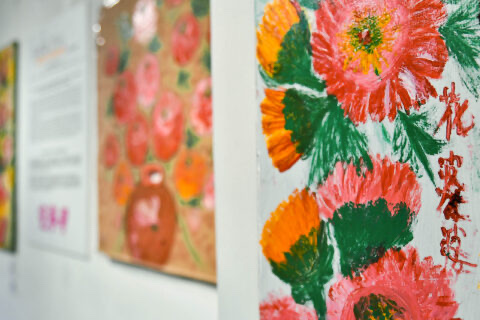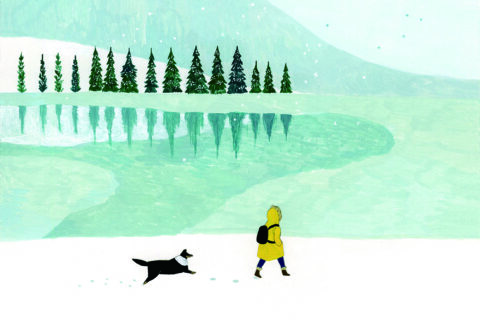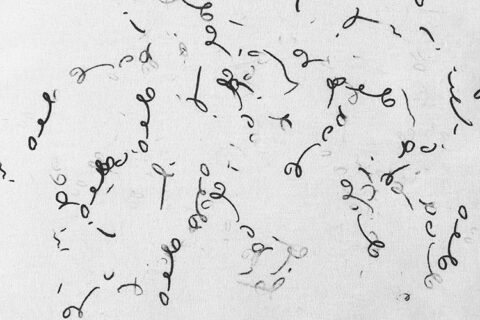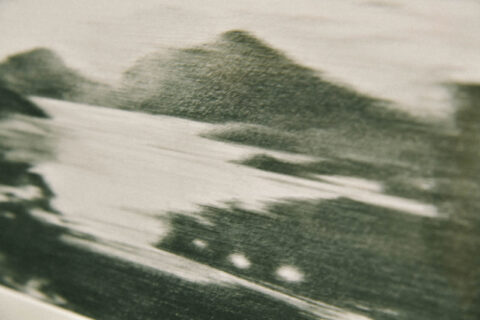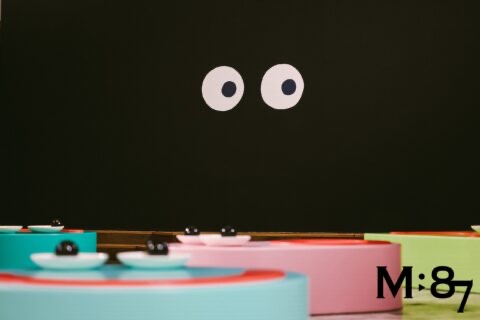
初認識奈良美智的作品時,只覺得畫中木無表情的女孩很可愛,以為臉上的半點怒意,是孩子得不到糖果時的自然反應。後來仔細凝看,花時間讓自己緩緩地潛進女孩的世界裡,才感受到,女孩的臉上掛滿了對自己、世人、社會、世界的疑問。木無表情並非因心無一物,而是複雜的情感沸騰,喜怒哀樂,沒有一種情緒能安定於臉上。素色的背景並非因虛無空洞,而是世間萬事萬物混雜過度,竟成混沌。
奈良美智的畫風隨著人生經驗不斷轉變,年輕時的畫風較為外向,帶點街頭藝術的作風。後來的作風構圖漸趨簡單,千言萬語的故事凝結在畫中女孩的表情眼神之內。力度似乎減弱了,然而自畫中流滲出來的空氣卻漫延得更廣更闊,更為沉重。
日本的豊田市美術館正在舉行奈良美智的回顧展,名為「for better or worse」。展覽中除了展示他於1987年至2017年間的繪畫、木雕等100多件作品外,還有他收集的唱片、書籍、洋娃娃等各種成為他的作品養分的東西。這個展覽有如奈良美智至今的編年史,回顧過時之時,他亦立誓:「For Better or Worse,不管走過的路如何,沿途風景好壞,他都會一直走下去。」
At first glance, I simply found the girl with piercing eyes drawn by Yoshitomo Nara quite adorable; I thought it was just a grumpy expression a child would have when being refused for candies. Upon a deeper examination, I finally came to enter the world of this young girl, and understand her doubt towards herself, human beings, the society and the world as a whole. Her lack of expression is not due to her lack of emotion. Rather contradictorily, it is the intense and mixed emotion she suffers that gives her such a look. It is a complicated expression that blends together delight, anger, sorrow, and happiness, all are so vivid that none can dominate her face. The plain background is actually a stark opposite of emptiness; a state reflecting the outcome of an overwhelming chaos.
The style of Nara evolves as he grows older. His earlier works are more sociable, which are closer to the direction of street art. The composition of his drawings becomes growingly minimalistic. Although it may appear less powerful to some, the piercing eyes of the girl hold a thousand words. The infectious vibe of the girl brings viewers to a wider but more melancholic world.
“Yoshitomo Nara for better or worse: 1987-2017” in Toyota Municipal Museum of Art is not only showcasing more than 100 pieces of Nara’s work created in the thirty years time, audience can as well see the nutrients that inspire his creation: records, books, dolls and other objects that he has collected. The exhibition can be seen as a chronicle of Yoshitomo Nara. While looking back, Nara also made a vow — for Better or Worse, be the path impressive or depressive, he is committed to continuing walking.
